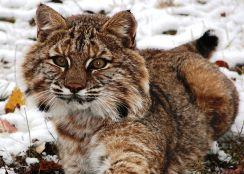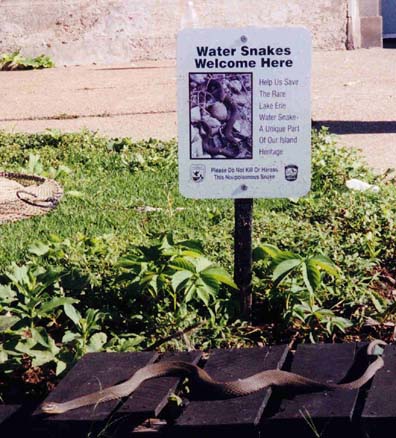 The recent incident in Ohio, where a man released many of his exotic animal pets (including large carnivores) and then shot himself, will not lead to any changes in federal regulations of exotics, said Dan Ashe, director of the U.S. Fish and Wildlife Service at an informal talk at the Society of Environmental Journalists conference in Miami last week.
The recent incident in Ohio, where a man released many of his exotic animal pets (including large carnivores) and then shot himself, will not lead to any changes in federal regulations of exotics, said Dan Ashe, director of the U.S. Fish and Wildlife Service at an informal talk at the Society of Environmental Journalists conference in Miami last week.
“Exotic pets will continue to be regulated by the states,” Ashe said. He added that the states have traditionally played the lead role in regulating exotic pets, and that they should continue to fill that role.
You certainly know your own state’s regulations, but do you know how they compare to the regulations in other states?
According to Born Free USA, West Virginia and Wyoming have no regulations on possessing exotic animals. States with some regulation, but without a license or permit requirement include Alabama, Idaho and South Carolina. In Ohio, the site says, “No person may bring into the state a non-domestic animal unless the possessor: obtains an entry permit; health certificate certifying the animal is free of infectious diseases; and a certificate of veterinary inspection. Persons in the state possessing non-domestic animals do not need to obtain a permit.”
For more information on what the requirements in those states are, see the state by state listing at Born Free USA Web site.
Photo: Dan Ashe at the Society of Environmental Journalists conference. State Wildlife Research News. Click here for terms of use.
 How do I put this nicely? Ducks drop dead every day. So do geese, grebes and other waterfowl. Several diseases, such as avian cholera, are capable of sweeping through large flocks, leaving many bodies behind. Most stories about waterfowl deaths end in the cause being something quite natural, if unpleasant for the neighbors.
How do I put this nicely? Ducks drop dead every day. So do geese, grebes and other waterfowl. Several diseases, such as avian cholera, are capable of sweeping through large flocks, leaving many bodies behind. Most stories about waterfowl deaths end in the cause being something quite natural, if unpleasant for the neighbors.
 – Ohio Department of Natural Resources is studying how and why bobcats have returned to the state, by tracking 21 collared bobcats,
– Ohio Department of Natural Resources is studying how and why bobcats have returned to the state, by tracking 21 collared bobcats, 

